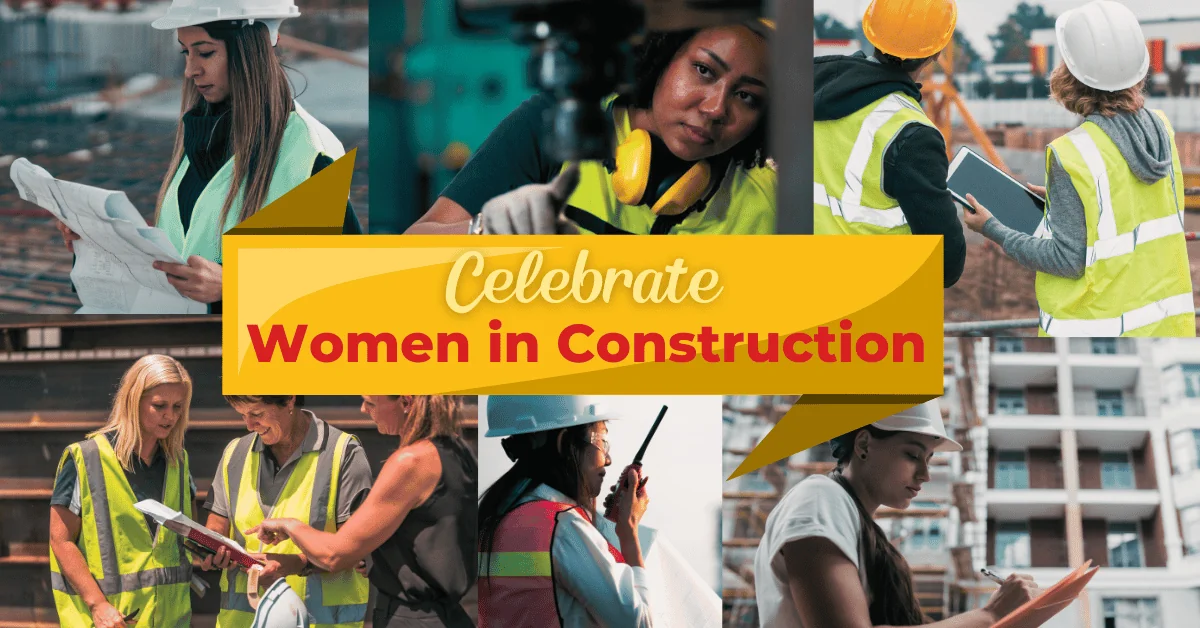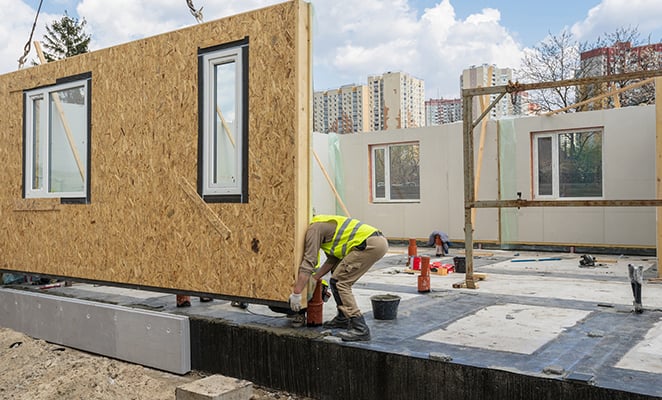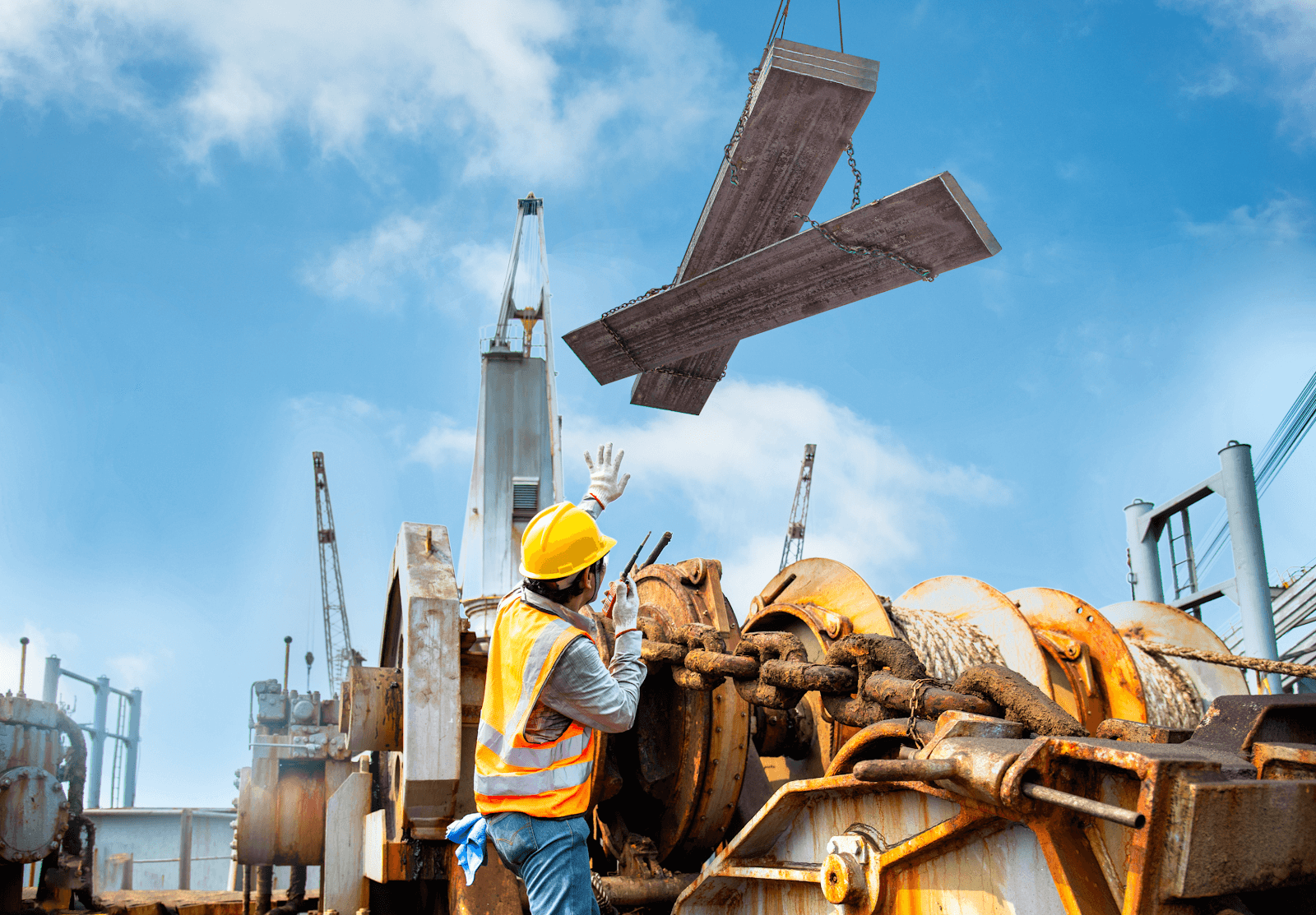In the world of construction, where towering skyscrapers pierce the skyline and intricate bridges span vast rivers, there exists a persistent imbalance: the underrepresentation of women. While the industry has made strides in recent years towards inclusivity and diversity, there remains a glaring gap in gender equality. It’s high time we address this issue head-on and actively encourage and support more women to join the construction workforce.
Before we go to far, be sure to check out the “National Association of Women in Construction” (NAWIC) at https://nawic.org/.

The Current Landscape
Walk onto any construction site, and you’ll likely notice a significant gender disparity. Statistics confirm this observation, with women comprising only a small fraction of the construction workforce globally. In the United States, for instance, women make up less than 10% of the construction industry’s workforce, according to the U.S. Bureau of Labor Statistics. Similar trends are observed in other countries around the world.
Breaking Stereotypes
One of the primary barriers to women entering the construction industry is entrenched stereotypes. Traditionally viewed as a male-dominated field, construction has long been associated with physical labor and heavy machinery—roles often perceived as unsuitable for women. However, such stereotypes are outdated and fail to acknowledge the diverse skills and talents that women bring to the table.
These stereotypes not only discourage women from considering careers in construction but also limit the industry’s potential for growth and innovation. The perception of construction as a purely physical and mechanical endeavor overlooks the multitude of skills and attributes that are essential for success in this field. Women possess a wide range of talents, including strong communication skills, attention to detail, problem-solving abilities, and creative thinking—all of which are invaluable in the construction industry.
Moreover, modern construction practices increasingly rely on technology, innovation, and collaboration, areas where women have proven themselves to be highly proficient. From digital design and Building Information Modeling (BIM) to sustainable construction practices and project management software, the construction landscape is evolving rapidly, demanding a diverse range of skills and perspectives.
By clinging to outdated stereotypes, the industry not only deprives itself of talented individuals but also perpetuates a culture of exclusion that hinders progress. It’s time to dispel these misconceptions and recognize that women bring unique strengths and perspectives that can enrich the construction sector. Embracing diversity in all its forms is not just a moral imperative—it’s a strategic necessity for the future of the industry.
Diverse Perspectives, Enhanced Innovation
Embracing gender diversity in construction isn’t just about equality—it’s also about fostering innovation and driving progress. Women offer unique perspectives and problem-solving approaches that can lead to more creative and efficient solutions. By diversifying the workforce, construction companies can tap into a broader range of ideas and insights, ultimately enhancing their competitiveness in the market.
Embracing gender diversity in construction isn’t merely a matter of social justice; it’s a business imperative with tangible benefits for companies and the industry as a whole. Research consistently shows that diverse teams are more innovative, perform better, and yield higher financial returns. A McKinsey report titled “Diversity Wins: How Inclusion Matters” found that companies in the top quartile for gender diversity on executive teams were 25% more likely to have above-average profitability than companies in the bottom quartile.
Furthermore, a study conducted by the Boston Consulting Group (BCG) titled “How Diverse Leadership Teams Boost Innovation” revealed that diverse teams generate 19% more revenue due to innovation. This underscores the importance of incorporating diverse perspectives, including those of women, to drive innovation and stay competitive in the rapidly evolving construction market.
Women bring unique perspectives and problem-solving approaches to the table, which can lead to more creative and efficient solutions. A study published in the Journal of Business and Psychology titled “Gender Diversity in the Boardroom and Firm Financial Performance” found that companies with more women on their boards demonstrated higher levels of innovation and creativity.
In the context of construction, where projects are becoming increasingly complex and technology-driven, the ability to think outside the box and approach challenges from different angles is invaluable. Women, with their diverse backgrounds and experiences, can contribute fresh ideas and insights that may not have been considered in male-dominated environments.
Moreover, diverse teams are better equipped to understand and meet the needs of a diverse client base. As the construction industry becomes more globalized, companies that embrace diversity will have a competitive edge in understanding and navigating different cultural norms and preferences.
In essence, by diversifying the workforce and embracing gender diversity, construction companies can tap into a broader range of ideas and insights, leading to enhanced innovation, improved decision-making, and ultimately, greater competitiveness in the market. As the industry continues to evolve, it’s clear that diversity isn’t just a buzzword—it’s a strategic imperative for success.
Addressing the Skills Gap
The construction industry is facing a growing skills gap, with an aging workforce and a shortage of skilled laborers. Encouraging more women to pursue careers in construction can help alleviate this shortage by expanding the talent pool. Moreover, investing in training and education programs specifically tailored to women can empower them to excel in various roles within the industry, from engineering and architecture to project management and beyond.
Creating a Supportive Environment
To attract and retain more women in construction, it’s essential to create a supportive and inclusive work environment. This involves implementing policies and practices that promote diversity, equity, and inclusion at all levels of the organization. Providing mentorship programs, networking opportunities, and leadership development initiatives can help women thrive and advance in their careers within the construction sector.
Creating a supportive and inclusive work environment is crucial for attracting and retaining women in the construction industry. This entails more than just paying lip service to diversity—it requires concrete actions and initiatives that foster an environment where women feel valued, respected, and empowered to succeed.
One key aspect of creating a supportive work environment is implementing policies and practices that promote diversity, equity, and inclusion (DEI) at all levels of the organization. This includes proactive measures such as establishing diversity committees, conducting regular diversity training sessions, and setting diversity goals and metrics to track progress. Research has shown that organizations with strong DEI initiatives experience higher employee engagement, satisfaction, and retention rates.
Mentorship programs play a vital role in helping women navigate the often male-dominated construction industry. Pairing women with mentors who can provide guidance, advice, and support can help them navigate challenges, develop new skills, and advance in their careers. Mentorship programs also provide opportunities for women to build networks and connect with other professionals in the industry, which can be invaluable for career advancement.
Networking opportunities are another essential component of creating a supportive work environment for women in construction. Events, conferences, and industry associations provide platforms for women to connect with peers, share experiences, and learn from each other. By fostering a sense of community and belonging, networking opportunities can help women feel more connected to the industry and more confident in their abilities.
In addition to mentorship and networking, leadership development initiatives are critical for helping women advance into leadership roles within the construction sector. This includes providing access to training programs, workshops, and seminars that focus on leadership skills, management techniques, and strategic thinking. By investing in the development of women leaders, construction companies can ensure a pipeline of talent and drive long-term organizational success.
Ultimately, creating a supportive and inclusive work environment for women in construction requires a concerted effort from both employers and employees. By implementing policies and practices that promote diversity, equity, and inclusion, providing mentorship programs, networking opportunities, and leadership development initiatives, construction companies can attract and retain more women and create a more diverse and dynamic workforce. In doing so, they will not only benefit from the unique perspectives and talents that women bring to the table but also drive innovation, creativity, and success in the industry.
Leading by Example
Progressive companies within the construction industry are already taking steps to champion gender diversity and inclusion. From establishing diversity committees to actively recruiting and promoting women, these organizations serve as shining examples of what can be achieved when gender equality is prioritized. By highlighting their successes and sharing best practices, we can inspire other companies to follow suit and create a more inclusive industry culture.
And In Conclusion!
The need for more women in construction is not just a matter of fairness—it’s a strategic imperative for the industry’s future success. By breaking down barriers, challenging stereotypes, and creating a supportive environment, we can unlock the full potential of women in construction and drive innovation, productivity, and growth. It’s time to build a more diverse and inclusive construction industry—one where everyone, regardless of gender, has an equal opportunity to succeed.





